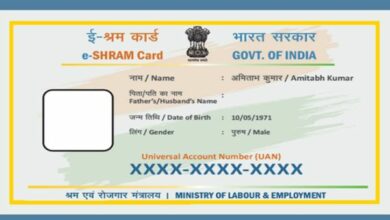How to Budget for Irregular Expenses: Line of Credit Edition

Budgeting isn’t always easy when it comes to irregular expenses, but there are ways to handle even unpredictable bills.
When you first make your budget, you can split your essential spending into two rough categories.
In one, you have those essentials that arrive like clockwork on a fixed schedule. You know exactly what you will pay and when, like rent.
In the other, you have essentials that aren’t so predictable — they either don’t follow a regular schedule or their cost fluctuates with each bill. Take, for example, a line of credit bill.
Why is a Line of Credit an Irregular Expense?
If you borrow from a lender like Fora, you will receive your bill according to a predetermined schedule. You’ll learn of this timing when you first accept your funds, along with other need-to-know info about how your line of credit works.
The amount you owe, however, depends on how much you draw against your Fora Credit account, plus interest. Since you might not draw the same amount month to month — and you might make minimum payments — your balance can fluctuate, making it harder to predict than rent.
But does that mean you have to be at the mercy of your line of credit? Not at all!
How to Budget for Irregular Expenses
While your exact balance may change every month you use your line of credit, savvy strategies exist to help you handle this irregular expense.
- Understand your Billing Cycle. First of all, you’ll want to familiarize yourself with the billing cycle of your account. Most lenders will send you a bill at the same time every month, but you should confirm this before you assume anything.
- Know Your Cost of Borrowing. Next, you need to understand how interest and finance charges affect your balance. After all, you won’t be paying just your principal — or the amount you draw against your limit. You will also have to cover these fees.
- Budget Draws Against Your Limit. You should always try to draw against your limit only what you can afford to pay off by your next due date. Of course, this can be a challenging rule to follow in unexpected emergencies, as some urgent expenses can exceed your spending limits, but you still have to make them. In situations where you can’t pay your full balance off in one go, sit down with your budget to figure out what you can do to pay it off as quickly as possible. You may have to cut down on fun spending in other areas of your budget to boost payments to your line of credit.
- Always Cover Your Minimum. In many cases, a line of credit comes with a minimum payment. This is the least amount of money you must pay to avoid late fines. Your minimum payment depends on your lender’s policy, which you can find on your profile or loan contract. Using this information, you should cover this payment every month. Depending on your lender, you may even be able to arrange auto-pay to cover your minimum.
While an irregular expense that fluctuates every month may be difficult to budget, it isn’t impossible. Use these tips to budget for your line of credit bill.










